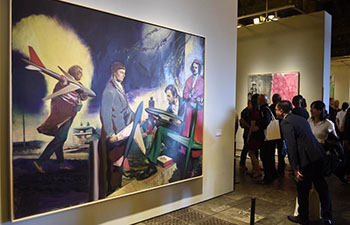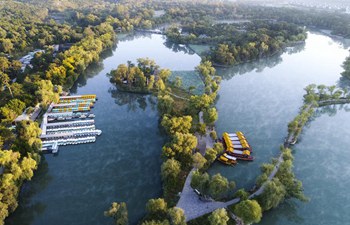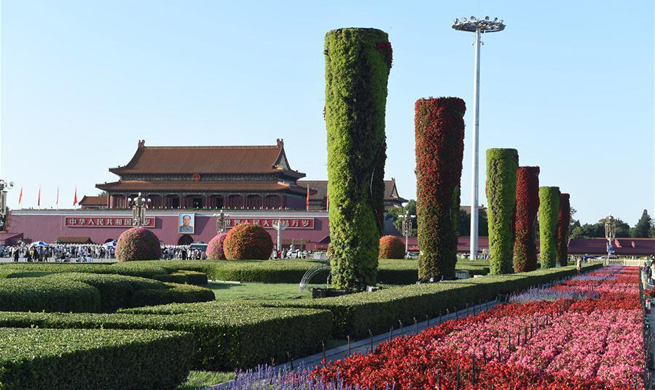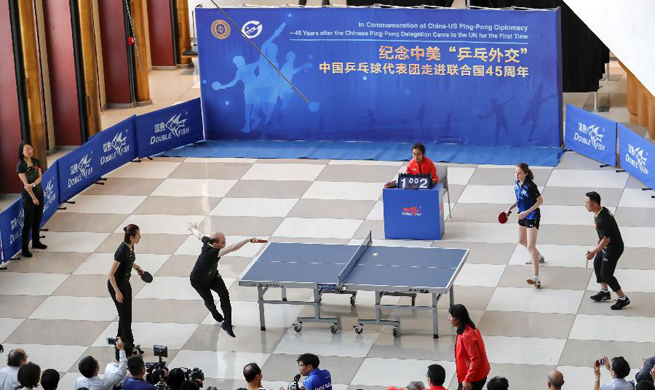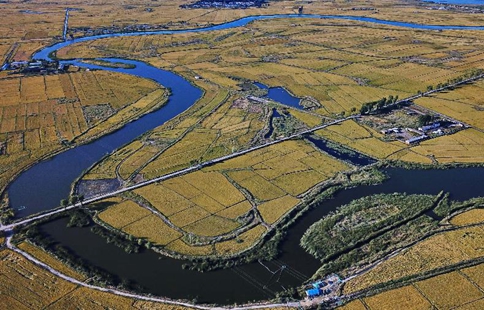SAN FRANCISCO, Sept. 17 (Xinhua) -- University of Washington (UW) researchers have demonstrated that devices that run on almost zero power can transmit data across distances of up to 2.8 kilometers.
By breaking a long-held barrier and potentially enabling a vast array of interconnected devices, the long-range backscatter system may offer a solution to flexible electronics and other sensors that can't employ bulky batteries and need to operate with very low power.
Detailed in a paper presented recently at UbiComp 2017, the Association for Computing Machinery's International Joint Conference on Pervasive and Ubiquitous Computing, in Maui, Hawaii, the system uses reflected radio signals to transmit data at extremely low power and low cost, achieved reliable coverage throughout 4800-square-foot, or 446-square-meters, house.
It provides long-range communication with sensors that consume 1000 times less power than existing technologies capable of transmitting data over similar distances.
The system has three components: a source that emits a radio signal, sensors that encode information in reflections of that signal and an inexpensive off-the-shelf receiver that decodes the information. When the sensor is placed between the source and receiver, the system can transmit data at distances up to 475 meters.
When the sensor is placed next to the signal source, the receiver can decode information from as far as 2.8 kilometers away.
The advantage to using reflected, or "backscattered," radio signals to convey information is a sensor can run on extremely low power that can be provided by thin cheap flexible printed batteries or can be harvested from ambient sources. The disadvantage is that it's difficult for a receiver to distinguish these extremely weak reflections from the original signal and other noise.
The sensors are so cheap, with an expected bulk cost of 10 to 20 U.S. cents each, according to the researchers, that farmers looking to measure soil temperature or moisture could blanket an entire field to determine how to efficiently plant seeds or water. Other potential applications range from sensor arrays that could monitor pollution, noise or traffic in "smart" cities or medical devices that could wirelessly transmit information about a heart patient's condition around the clock.
It has been hailed by the researches as a breakthrough "toward embedding connectivity into billions of everyday objects."
"Until now, devices that can communicate over long distances have consumed a lot of power. The tradeoff in a low-power device that consumes microwatts of power is that its communication range is short," Shyam Gollakota, lead faculty and associate professor at UW, said in a news release. "Now we've shown that we can offer both, which will be pretty game-changing for a lot of different industries and applications."






